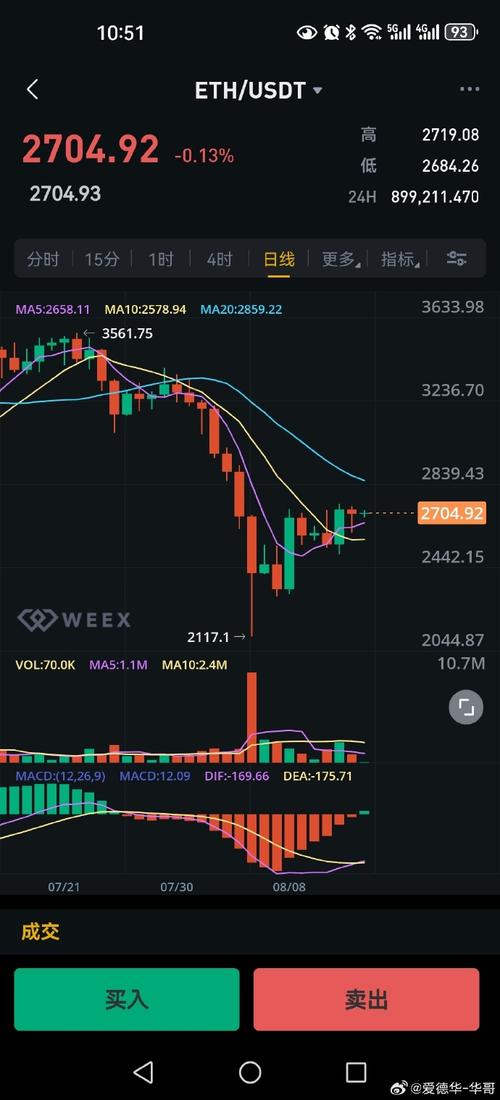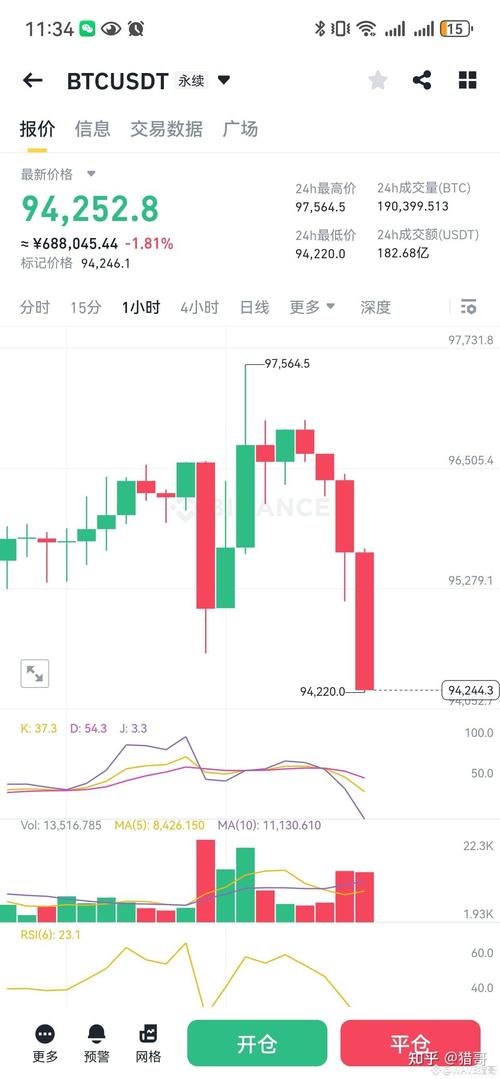Crypto Different Markets: BTC, ETH, USDT
When diving into the world of cryptocurrencies, it’s essential to understand the different markets that exist. Among the vast array of digital currencies, Bitcoin (BTC), Ethereum (ETH), and Tether (USDT) stand out as some of the most prominent players. In this article, we’ll explore these three markets in detail, covering their history, current status, and future prospects.
Bitcoin (BTC)
Bitcoin, often referred to as the “gold of cryptocurrencies,” was introduced in 2009 by an anonymous person or group using the pseudonym Satoshi Nakamoto. It was the first decentralized digital currency, built on a technology called blockchain. Bitcoin’s primary purpose is to serve as a digital gold, a store of value that is not controlled by any government or central authority.

As of now, Bitcoin has a market capitalization of over $500 billion, making it the largest cryptocurrency by market cap. Its supply is capped at 21 million coins, which is a significant factor contributing to its value. Bitcoin has seen a remarkable rise in value over the years, with its price reaching an all-time high of nearly $69,000 in November 2021.
Bitcoin’s market is characterized by high volatility, with prices often experiencing significant fluctuations. This volatility can be attributed to various factors, including regulatory news, market sentiment, and technological advancements. Despite the volatility, Bitcoin remains a popular choice for investors looking to diversify their portfolios and gain exposure to the crypto market.
Ethereum (ETH)
Ethereum, launched in 2015 by Vitalik Buterin, is the second-largest cryptocurrency by market cap. Unlike Bitcoin, Ethereum is a blockchain platform that enables the creation of decentralized applications (DApps) and smart contracts. Its native cryptocurrency, Ether (ETH), is used to pay for transaction fees and as a medium of exchange within the Ethereum network.
Ethereum has gained popularity due to its versatility and the ability to support a wide range of applications. The platform has seen significant growth in the DeFi (Decentralized Finance) and NFT (Non-Fungible Token) sectors, with numerous projects being built on top of it. Ethereum’s market capitalization is currently over $200 billion, and its price has reached an all-time high of nearly $4,800 in November 2021.

However, Ethereum has faced challenges, including scalability issues and high transaction fees. The Ethereum community has been working on solutions, such as Ethereum 2.0, which aims to improve the network’s scalability and reduce fees. As Ethereum continues to evolve, its future prospects remain promising, especially with the growing interest in DeFi and NFTs.
Tether (USDT)
Tether (USDT) is a stablecoin, a type of cryptocurrency designed to maintain a stable value relative to a fiat currency. Tether is backed by the US dollar, which means that for every USDT token in circulation, there is a corresponding dollar held in reserve. This backing makes Tether a popular choice for traders and investors looking for a stable digital currency.
With a market capitalization of over $70 billion, Tether is the largest stablecoin by market cap. It has played a crucial role in the crypto market, providing liquidity and stability during times of volatility. Tether’s price has remained relatively stable, hovering around $1 since its inception.
One of the key advantages of Tether is its wide adoption across various crypto exchanges and platforms. It is often used for trading pairs, allowing users to easily convert between different cryptocurrencies. However, Tether has faced criticism regarding its reserve backing and transparency. Despite these concerns, Tether remains a popular choice for traders and investors seeking stability in the crypto market.
Table 1: Comparison of BTC, ETH, and USDT
